Research Informing Policy
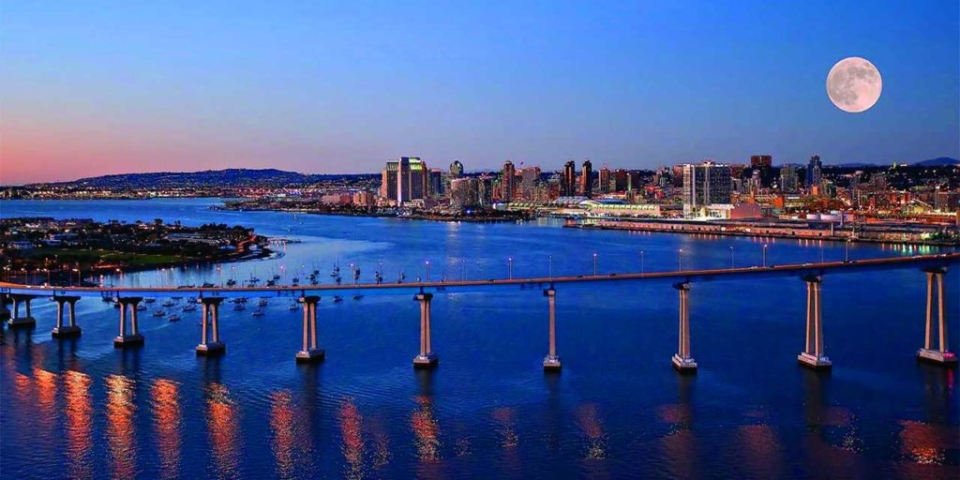
The Center for the Blue Economy leads the effort to measure the economic contributions of oceans and coastlines at the local, regional, state, national, and international levels.
Impact Internationally
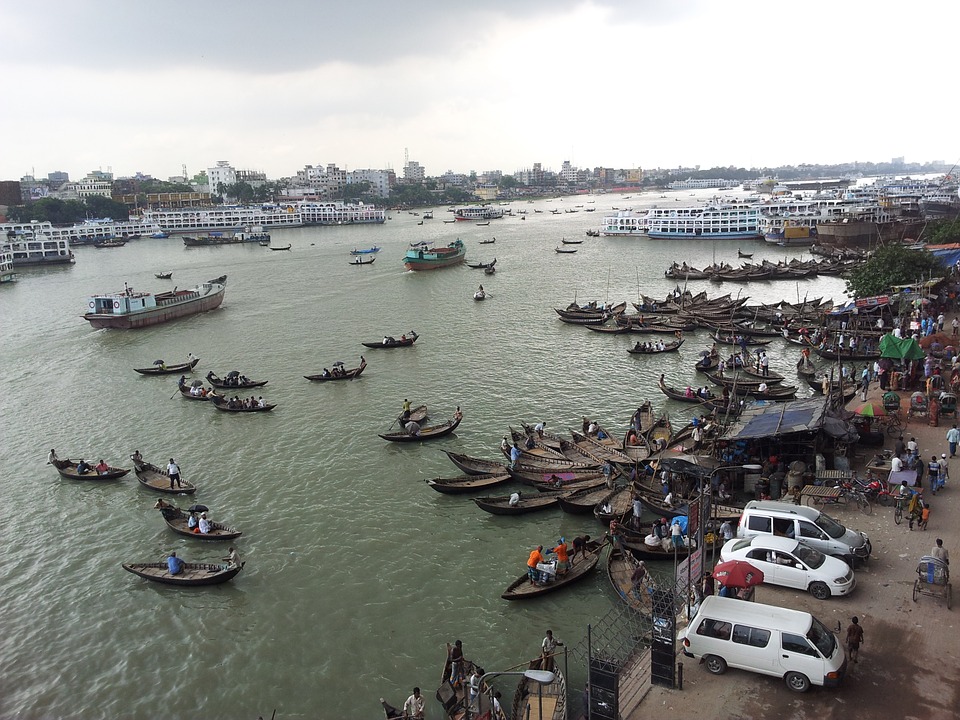
Measuring the Blue Economy Worldwide: The Center for the Blue Economy leads the effort to measure the economic contributions of oceans and coastlines at the local, regional, state, national, and international levels. LEARN MORE
A Guide to Creating Core Ocean GDP Accounts: This guidance document provides a comprehensive introduction on how to create core ocean accounts. The guidance clearly explains what ocean accounts are, why they are important and their potential usage, created by Dr. Charles Colgan. LEARN MORE
The Blue Economy and the U.N. Sustainable Development Goals: The Center for the Blue Economy’s work aligns with the United Nations’ Sustainable Development Goals. LEARN MORE
Ushering in a Blue Economy for Sustainable Growth in Bangladesh: The Center for the Blue Economy, in collaboration with the World Bank, Duke University, and the European Union, published a study to help Bangladesh understand the size and scope of its blue economy. LEARN MORE
The Blue Economy Handbook of the Indian Ocean Region: Dr. Charles Colgan, Director of Research at the Center for the Blue Economy, authored two chapters in the newly published Blue Economy Handbook of the Indian Ocean Region. LEARN MORE
The Blue Economy of Kenya and Tanzania: The Center for the Blue Economy developed a baseline assessment of the ocean economies of Kenya and Tanzania, which can be used as a foundation for developing blue economy strategies in each country. LEARN MORE
Impact Nationally
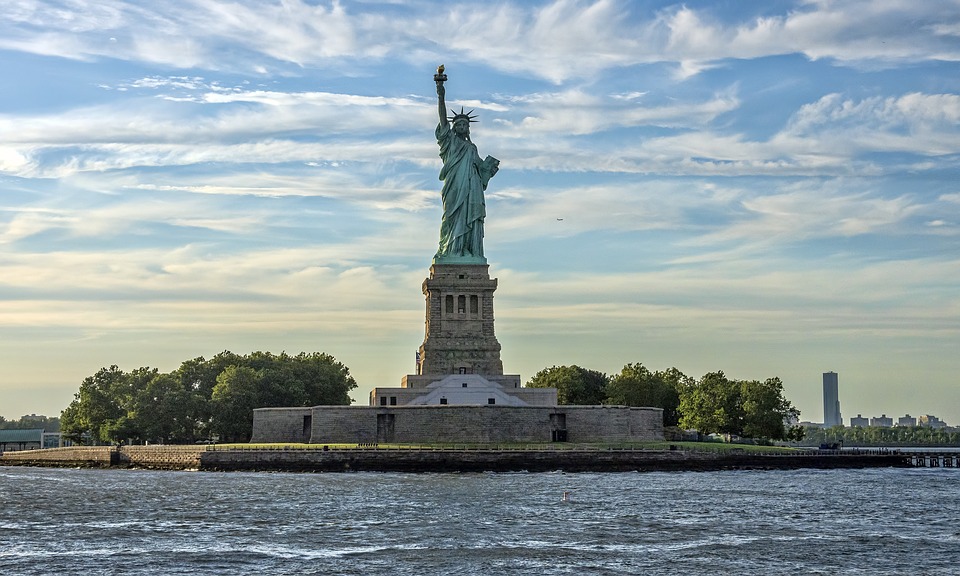
America’s Blue Economy Worth Nearly $373 Billion: For the first time, the U.S. Dept. of Commerce will officially measure the economic contributions of the oceans, coasts, and Great Lakes in national income accounts. The Center for the Blue Economy’s Dr. Charles Colgan and the National Ocean Economics Program team have been innovating and advocating for 21 years to make this happen. LEARN MORE
The Value of the Digital Ocean: The world’s oceans are increasingly monitored through complex networks of sensors and communications technologies producing large quantities of “operational oceanography” data. LEARN MORE
The Value of America’s Estuaries: Estuaries have always been an essential feature of the economy. “The Economic Value of America’s Estuaries,” details the surprisingly huge contribution of these areas to the U.S. economy, and fills in a critical gap for coastal managers and policy makers: the economic benefit of natural infrastructure and blue carbon sequestration. LEARN MORE
Impact at the State Level
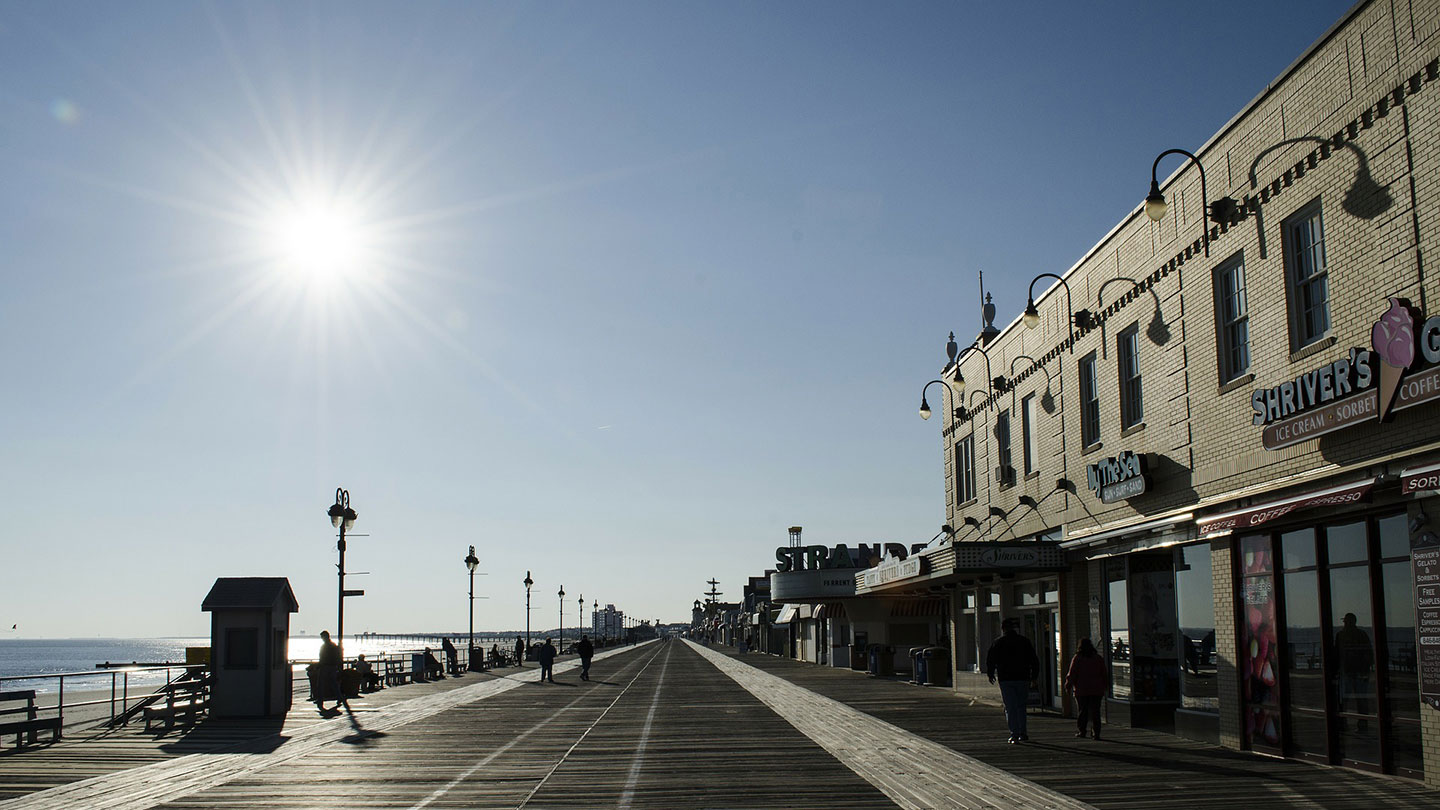
California’s Fourth Climate Change Assessment: California is a global leader in using, investing in, and advancing research to set proactive climate change policy, and its Climate Change Assessments provide the scientific foundation for understanding climate-related vulnerability. LEARN MORE
Restoring Wetlands: Empowering Economic Understanding in Washington State: The majority of America’s wetlands have been lost to development, conversion, and erosion but major efforts to restore lost wetlands have been under way. LEARN MORE
Final Report on Regional Economic Vulnerability to Sea Level Rise in San Diego: One of the consequences of climate change and sea level rise that has not been extensively examined is potential damage to regional economies. Most studies have focused on possible damages to individual properties, but looking at future flood risks in future dollars at the regional economic level is a new approach. LEARN MORE
Assessing the Mid-Atlantic Coast’s Economic Vulnerability To Climate Change: This report quantifies the potential impacts of threats like sea level rise, rising ocean temperatures and changes in the ocean’s chemistry to communities and businesses in 63 counties and independent cities along the coast from New York to Virginia. LEARN MORE
California’s Fishing Industry & the Use of Seal Bomb Explosive Deterrents: Seal bombs are being used in California fisheries to deter marine mammals from fish nets and fishing grounds. But the practice poses significant risk to marine life, regulation is weak, and research guiding current policy is outdated and incomplete. LEARN MORE
The Blue Economy of Small Island States: This year the CBE helped NOAA measure the Blue Economies of Guam, Northern Mariana, and Samoa—along with doing revisions to the measurement of the Blue Economy in Hawaii
An Update to the Mid-Atlantic’s Blue Economy Baseline: The Center for the Blue Economy has prepared a new report for the Mid-Atlantic Regional Council on the Ocean (MARCO), which calculates the contributions of oft-overlooked portions of the ocean economy, concluding that marine research and education, state expenditures related to the ocean, and coastal electricity production support 38,000 jobs and $25.5 billion in annual economic activity. LEARN MORE
How Little We Know about Recreation on the California Coast: The California coast extends across 1,200 miles (3,000 miles depending on what is counted). There have been extensive investments in understanding the physical and biological dimensions of the coast. There are numerous world-class ocean science institutions in California furthering understanding of those dimensions. However, there has been little effort to understand one of the key components of the marine ecosystem: human use. LEARN MORE
Impact Locally
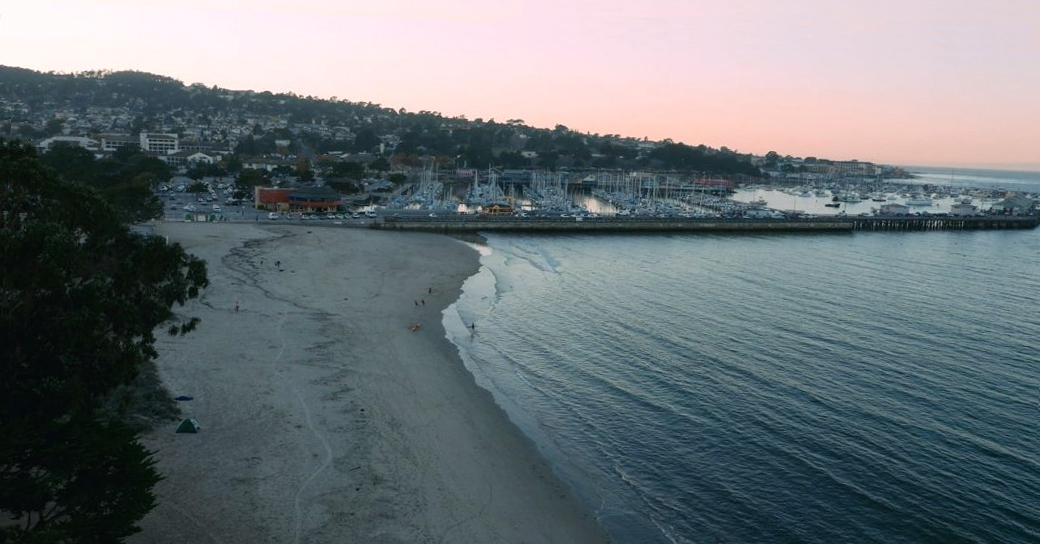
10,000 Futures: Modeling Climate Risk in Monterey: The Center for the Blue Economy has developed pilot software modeling 10,000 possible futures over 80 years to help the City of Monterey adapt to sea level rise. LEARN MORE
Options for Sea Level Rise Adaptation on West Cliff Drive: West Cliff Drive, like all of the California coastline, is threatened by continuing erosion. One challenge to adaptation planning is the uncertainty associated with the rate and elevation of sea level rise at future points of time, critical to the question of what to do and when. What to spend on what strategy for the best return on investment? LEARN MORE
The Central Coast Highway 1 Climate Resiliency Study: What does a government agency do when faced with the threat of sea level rise inundating an eight-mile stretch of critical north/south highway (Highway 1), while simultaneously protecting critical habitat of national significance (Elkhorn Slough National Estuarine Reserve)? Conduct a study and call upon the experts. LEARN MORE
The Monterey Bay Defense Alliance (MBDA) project: In this study, the Center for the Blue Economy examined the economic role of the principal national security facilities in the Monterey County economy. This analysis will provide a multi-year, dynamic perspective on economic impacts including analysis of the role national security related economic activity plays over time, and its role in business cycles.
